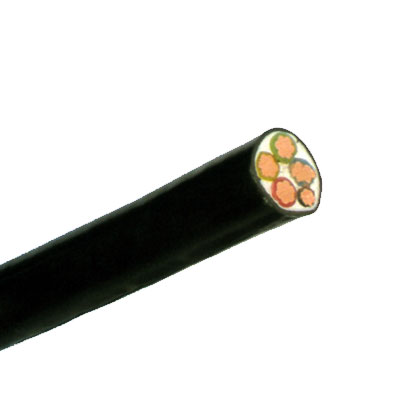
The most important reason is safety. Shielding is used to confine a cable's dielectric field to the inside of the cable's insulation. This protects anyone from contacting the insulation from exposure to the voltage gradient within the insulation. Without the shield there are two capacitors in series having different dielectric constants: one is insulation; and the other air. Take 4kV (3-phase) as an example. The gradient between the conductor and insulation surface, if grounded, is 4/sqrt3. But, any part of the cable not in contiguous contact with the ground experiences a higher voltage caused by the insulation and air-media capacitors in series. Because of the voltage-divider effect, the touch potential between the ground and any part of the cable that doesn't touch the ground could introduce a significant shock hazard.
Also, the shield can smooth electric-field gradients within the insulation and reduce electrical stresses associated with the surface of the insulation. "Shields" as ground return paths are usually applied in limited ground-fault systems. Finally, shields aren't necessarily metallic. They can also be provided by semiconductor materials.